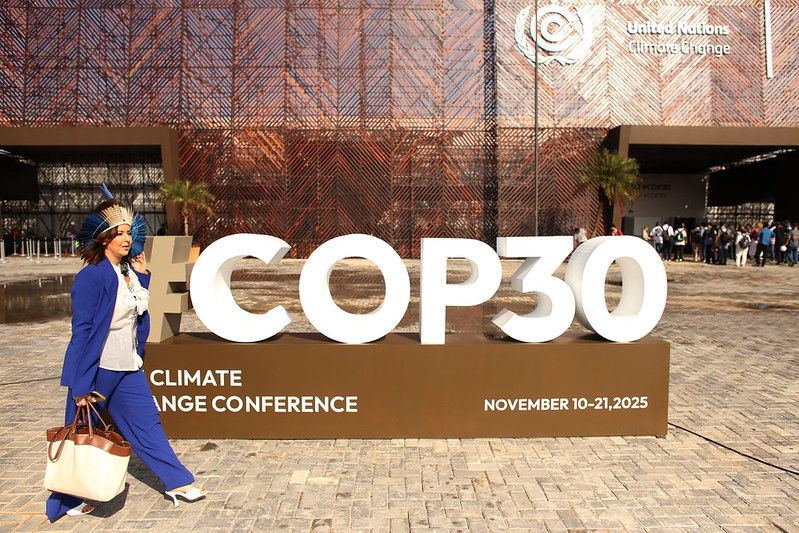Unite Communities
- gosiarychlikeu
- Apr 22, 2020
- 2 min read
The second discussion in our Talking Climate series on April 16 focused on communities, sharing experiences on building long-lasting, powerful communities for influencing local policies or the wider society. Our three speakers, Arianna De Biasi, Dress Ecode; Marinella Montari, Gruppo Jobel Art for Earth, Carrie Cort, Sussex Green Living arrived from various sectors, but what is common in them that most of them are activists or active member of their local communities. They are driving the change and very often organising their local communities which are the seeds of the future driven by green vision for a carbon-free, fair and resilient society.
In the first part of the discussion our panel members focused on how they can engage the best with communities. As Carrie Court emphasized it is very important to reach out to the wider community and not only to the activists or supporters. “Our messages try to embed sustainable ideas, like growing your own, local food, local services. These ideas help to assists the community during the pandemic and also demonstrates low carbon solutions.”
Engaging community through creativity is an alternative path to reach out to communities and decision- or policymakers. “If we start directly with climate action it is pretty challenging for small communities to understand what it is all about,” emphasized Marinella Montari. Their campaigns build on a creative process starting with children and teenagers to search for their relevant personal stories. Each of the students are ambassador for environmental or social topics when sharing it with the local community and with the representatives of the local municipality.
Being practical brings attention of the wider community. Introducing green life as an attractive, enjoyable way. “When collaborating with schools or with local associations I propose to focus on the funny and positive side of sustainable living,” said Ariana De Biasi who believes in the power of personal example which van build a “chain”.
In the second part of the discussion our panel members talked about how they can reach out to the policy makers. Different scenarios were mentioned to reach an impact. Public presentation, cooperation with local associations and civil society groups, art competitions with publicly presented works, local e-mail petitions with other solutions can be all designed to express the demand, to shape a common vision of a community.
One stick can be broken, but a bunch of sticks can’t – there is no doubt that local councils listen to a united community demanding low carbon solutions and green future.






![Turning to local climate action [webinar recordigns & resources]](https://static.wixstatic.com/media/49dc72_7c0b72dc499c4a6b99314f5bf07b6a47~mv2.jpg/v1/fill/w_980,h_551,al_c,q_85,usm_0.66_1.00_0.01,enc_avif,quality_auto/49dc72_7c0b72dc499c4a6b99314f5bf07b6a47~mv2.jpg)
Comments